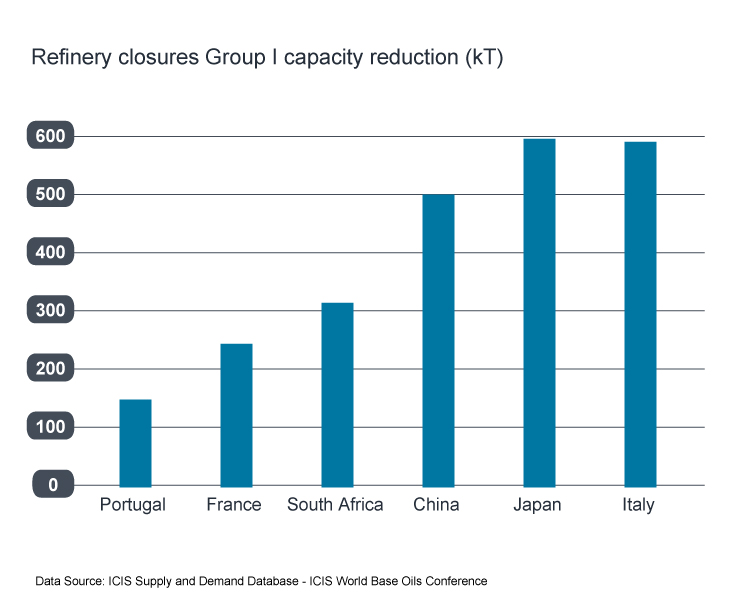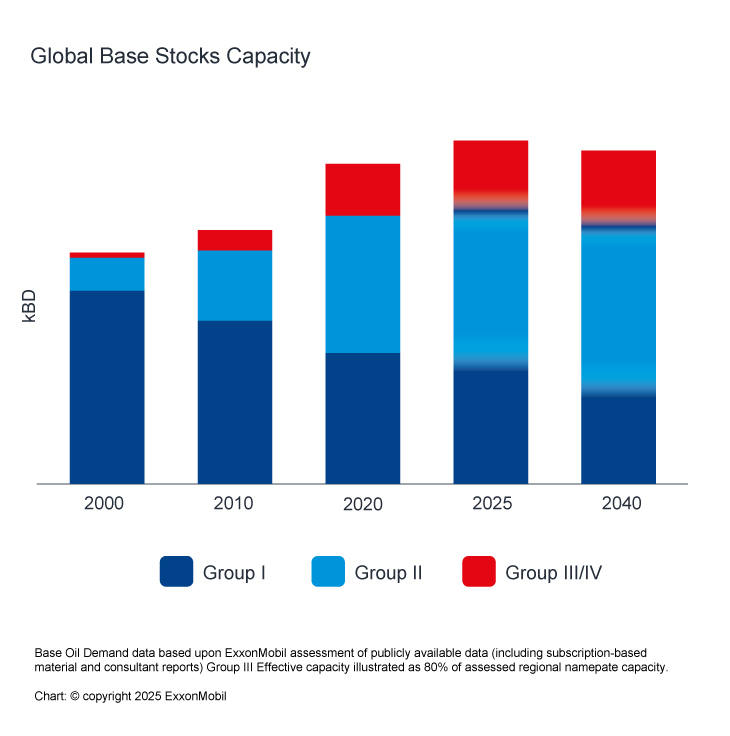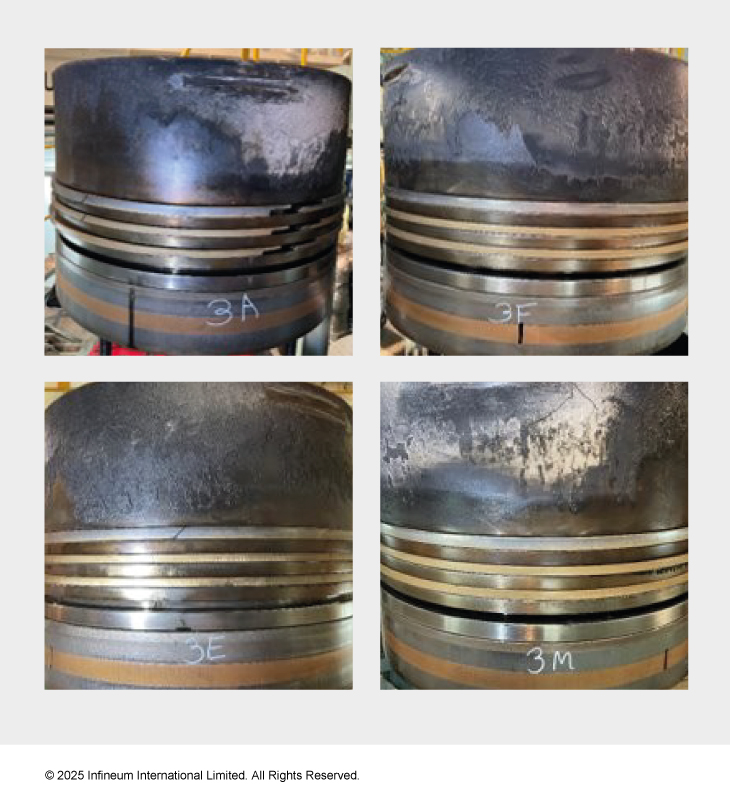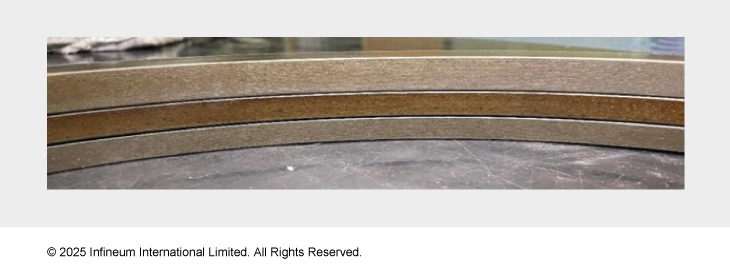CIMAC 2025
Smooth sailing in sea trials
19 August 2025
Marine lubricants deliver superior cleanliness in Group I and II base stocks and support the use of lower carbon fuels

The last ten years have been challenging times for the maritime industry and there appears to be no respite. Following on from the IMO 2020 sulphur cuts and the effects of the global pandemic, changes in base stock availability and the increasing pressure to reduce carbon emissions and improve air quality can be expected to have an impact for many years to come. Infineum’s Kang Ming Sheng, Marine and Large Engines Group Product & Operation Marketing Manager, explores the challenges and looks at the ways lubricant additive technology is being designed to support the necessary changes.
The IMO 2020 sulphur cut was probably the largest regulatory change to fuel quality that the maritime industry has ever seen. While the switch to very lower sulphur fuel oils was relatively straightforward for shippers, the impact of their increased use has had wider reaching implications.
One change has been the need for lower base number (BN) two-stroke marine diesel cylinder lubricants (MDCL) formulations. While engines running on high sulphur fuels need high BN oils to neutralise strong acids and clean the metal surfaces of the engine – those running on lower sulphur fuel oils, or low sulphur alternative fuels, do not. The challenge here is that these lower BN oils have less cleaning power, which can lead to deposits on the pistons that can affect engine performance and shorten engine maintenance intervals.
In response, some OEMs increased the severity of their engine oil performance standards to ensure continued protection for their latest high efficiency hardware in a wider spectrum of fuels. MAN Energy Solutions (MAN ES) for example has introduced a Category II performance level to ensure cleanliness is maintained.
MAN ES Category II oils have specific requirements that match the needs of the latest designs of highly fuel efficient MAN B&W two-stroke engines, which have higher temperatures and pressures than their predecessors.
While these oils are specifically recommended for Mark 9 and higher and for MAN ES dual fuel engines, they are suitable for all two-stroke engines and may have advantages for Mark 8 design engines and lower.
In 2022, following extensive testing and field trials, Infineum commercialised a 40 BN MAN ES Category II approved additive package for formulation with Group I base oils.
However, the impact of the switch to lower sulphur fuels goes beyond lubricant BN. At the refinery, for example, since the same feedstock is used for VLSFO and Group I base stock production, refiners prioritise production of the higher value fuels stream. This negatively impacts Group I base stock availability, which has been the base stock of choice for formulating MDCL. Group I availability has been further impacted by trends in automotive lubricant formulations. Here, the shift to lower viscosity engine oils for fuel economy improvement is driving the use of Group II and III base stocks. Reduced demand for Group I has resulted in capacity reductions and refinery closures. ICIS recently reported at their World Base Oils Conference that globally 2,395 kT of Group I capacity has been lost owing to refinery closures since 2020.

Conversely, there has been significant growth in the production of Group II base stocks. The trend for Group I decline and Group II expansion is expected to continue as base oil suppliers focus on more economically viable Group II production to meet the demand in the automotive sector.

This increased availability has driven down the cost of Group II, making its use in other applications, including marine oils, increasingly attractive. To support this change, Infineum has been working to develop and test MDCL formulations using Group II base oils.
Our recent focus has been on the advancement of our 40 BN MDCL for use with low sulphur fuel oils, liquified natural and petroleum gases (LNG and LPG) and methanol. Utilising our established and proven additive package, already deployed in Group I base stocks, which received a Main No-objection Letter (NOL) from MAN ES confirming the outstanding performance of the product previously proven. To demonstrate MAN ES Category II performance requirements in Group II base stocks, field testing was conducted as per MAN ES guidelines.
At the end of test inspection, it was evident that the lubricant had delivered excellent cleaning performance.
Inspection of the piston and rings showed good deposit control, which helps to reduce the wear rate on pistons and liners and translates to higher engine efficiency with reduced maintenance costs and extended time between overhauls.
 Piston topland and ringlands of the test unit showing piston crown cleanliness
Piston topland and ringlands of the test unit showing piston crown cleanliness
 Back of the piston rings after dismantling showing excellent cleanliness performance
Back of the piston rings after dismantling showing excellent cleanliness performance
The latest Infineum MAN ES Category II approved additive packages offer a single oil option for use in engines operating on low and ultra low sulphur fuels and in new dual fuelled engines.
This solution not only provides base stock flexibility but also is a good option to support decarbonisation, without compromising on protection.
As the marine industry evolves and adapts towards a net-zero future, Infineum will draw on its experience from decades of formulating and field testing additives to ensure marine lubricants continue to provide the performance the marine industry can rely on.
Based on the articles you've read
Sign up to receive monthly updates via email